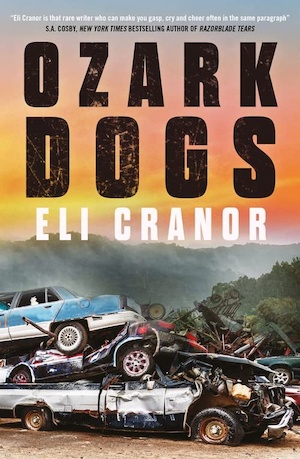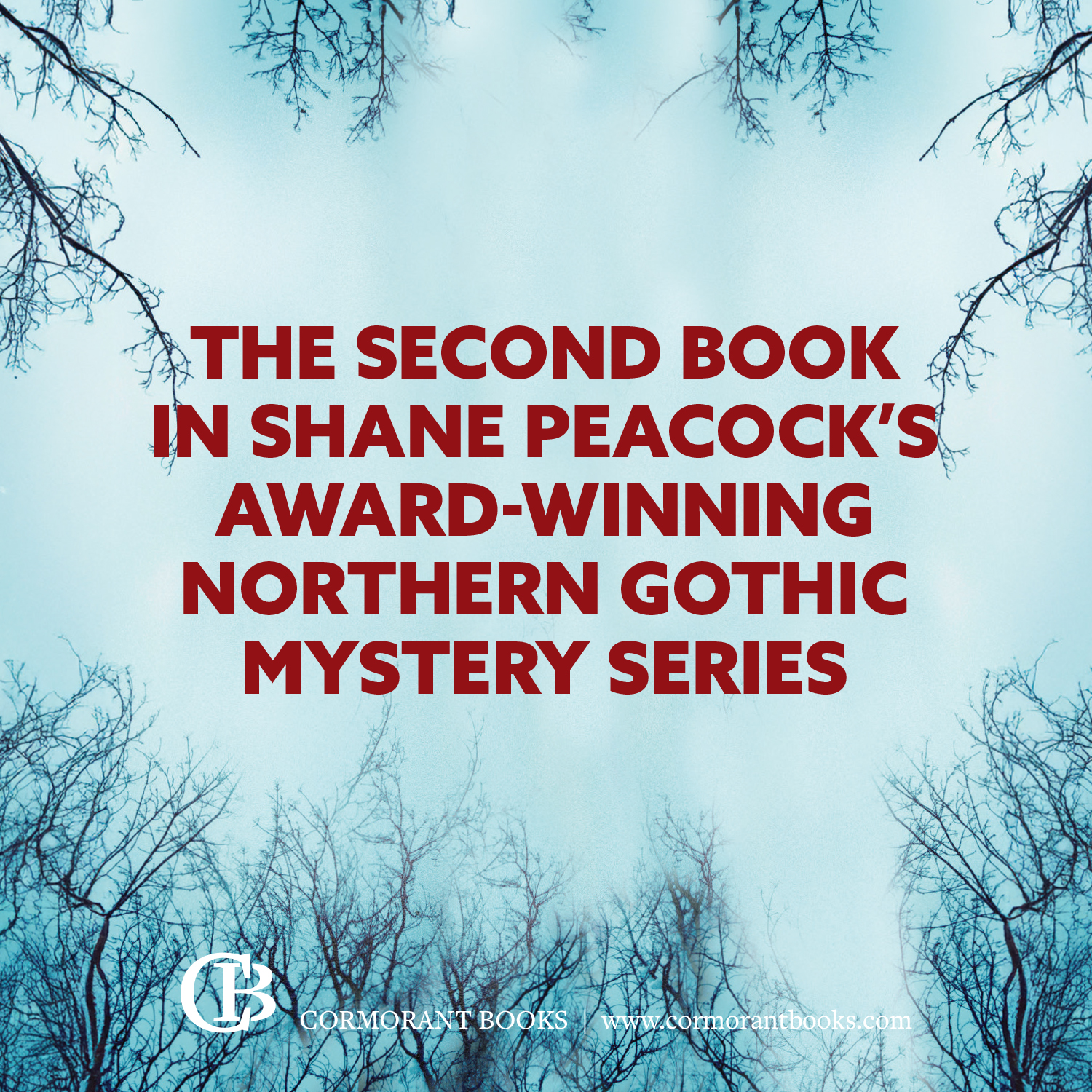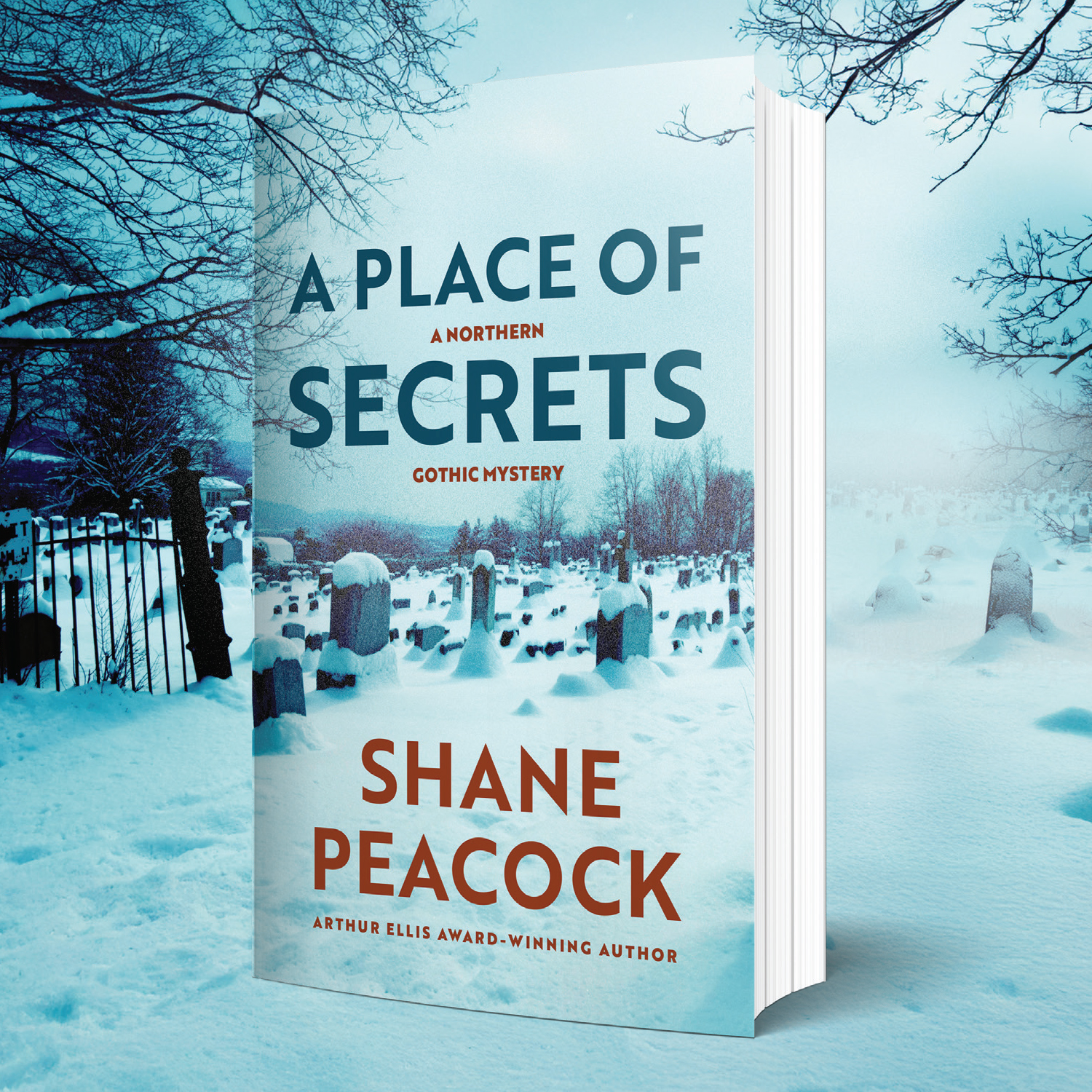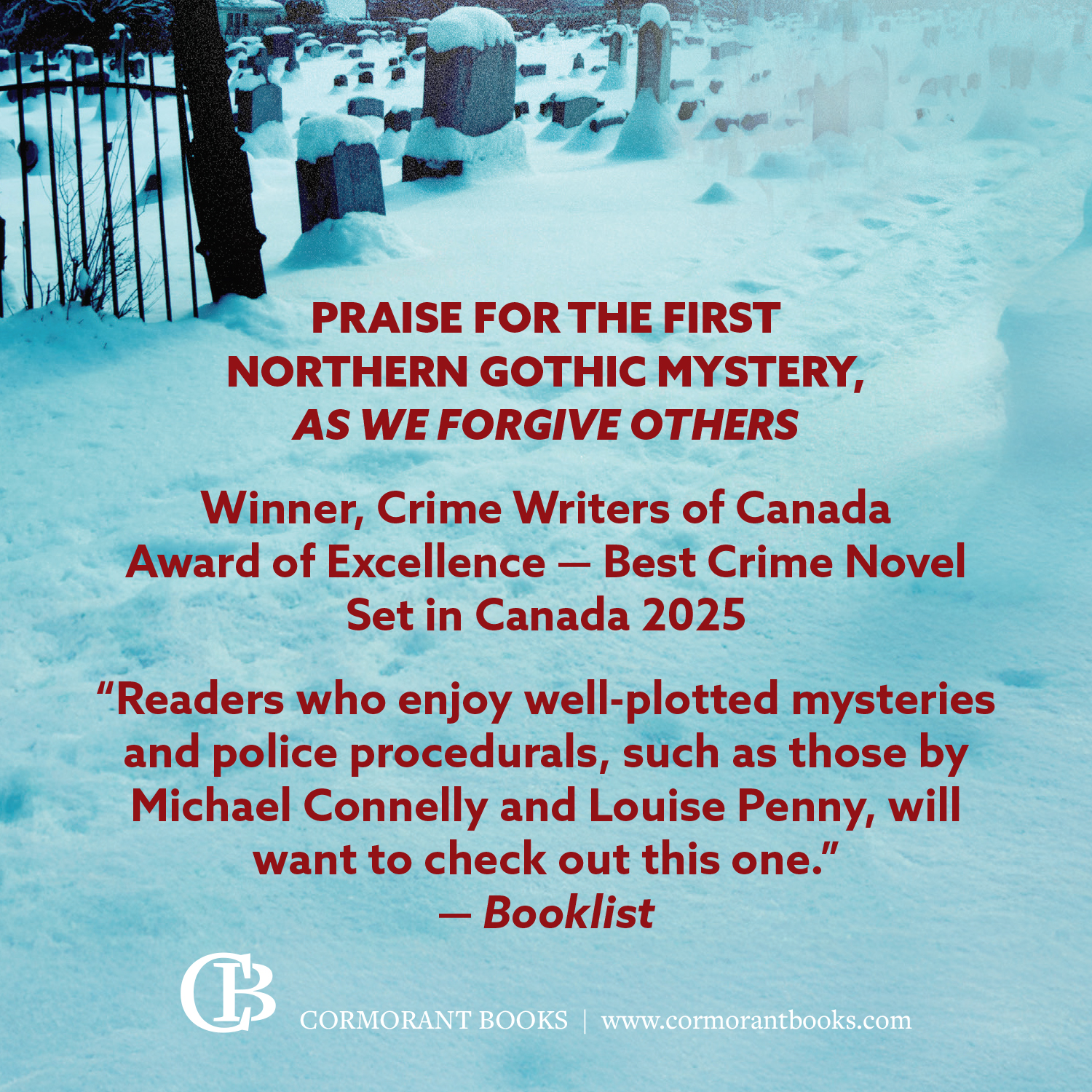
The title of Cranor’s second novel refers to the snapping, snarling almost feral animals which protect Jeremiah Fitzjurls’ junkyard. It could easily allude to the two warring families at the heart of this extraordinary rural noir novel, whose conflict spans a generation.
Joanna Fitzjurls will graduate from high school this summer and is enrolled at the University of Arkansas. She’s been brought up by her grandfather and Jeremiah is anxious about her imminent independence for any number of reasons. She represents the last of his family – without her around there’s no reason for his continuing sobriety and he’s aware she may be a target for the Ledford clan. After all, Joanna’s father, Tommy, shot and killed Rudnick Ledford in cold blood for stealing from the junkyard.
Jeremiah is ill suited to bringing up a teenage girl. Perhaps from temperament, or as a result of his experiences in Vietnam, or the two-generation gap between them, but he’s a loner, a man who feels keenly but can’t articulate his emotions. His love for his granddaughter is unconditional but it smothers her. His overprotectiveness is well reasoned but it encourages exactly the teenage behaviour he’s so eager to avoid.
Unbeknownst to Jeremiah, Joanna has a boyfriend, Colt Dillard, whom she plans to lose her virginity to at prom night. Dillard, in turn, has links to the Ledford clan. The boy has kept this a secret from Jo.
The Ledfords are a tight-knit outlaw family with links to the Ku Klux Klan. One-time manufacturers of Ledford Lightening, they have profited from the meth epidemic that has ravaged rural American communities. That source of income has dried up now, and it falls to Evail, younger brother of Rudnick, to find a new money-making scheme. His answer is to pay a Mexican gang for their meth; their currency is young, white, American women. Evail sees in the budding relationship between Jo and Colt an opportunity to kill two birds with one stone.
Following Eli Cranor’s debut, Don’t Know Tough, Ozark Dogs is writing of the highest order. This author has a capacity to tell complicated stories economically; so much is packed into a relatively brief novel. He displays a mastery of the noir form. Here, everybody except Joanna is compromised in some fashion and that their attempts to atone just seem to make matters worse.
Cranor has constructed a plot which is not only tense and dramatic, but which forces the novel’s characters into conflicts which reveal so much about them. The Ledford patriarch Bunn is an inveterate racist, but will he work with the Mexicans in order to get his revenge on the Fitzjurls? For Belladonna Ledford, family is everything and she still grieves for her son, but can she stand aside knowing what may happen to Joanna?
Like David Joy, SA Cosby and Chris Offutt, the author is able to write about this struggling, poorly educated community without either patronising or mythologising it. Instead, he reveals them to us so that we can form our own opinions. This novel is not just about the warring men at the heart of the family grievance, but also of the women caught up in it. Alongside Jo and Belladonna there are compelling portraits of Sheriff Mona McNabb and Lacey, Jo’s mother. Ozark Dogs brims with atmosphere, taking us in to the Ozark community where it is set.
As well as a page-turning thrill ride, we are treated to a novel about how the sins of the father are visited on the child, how violence begets more violence, and how some men will always view women as their property. I doubt I’ll read many better novels than Ozark Dogs this year; no matter, I can just read it again.
For more on rural noir and its lineage going back to the Wild West, see this feature article.
Soho Press
Print/Kindle/iBook
£8.99
CFL Rating: 5 Stars








Wait till you get your hands on the new David Joy book Those We Thought We Knew. If his new book is not widely praised, then I will be shocked.
I loved everything he wrote, it’s good to hear great things about his next one.
To me, this is one of those novels that one so badly wants to talk with others about when it comes to the main plot, but to do so would require a spoiler and I don’t do that sort of thing. In a way, it’s similar to his previous book in the way how he takes a plot point where at first the depth of it is so subtle, but then causes a person to think more and more about it (like how in the closing of When These Mountains Burn how one of his characters laments how technology has changed human interaction – and not ina good way).